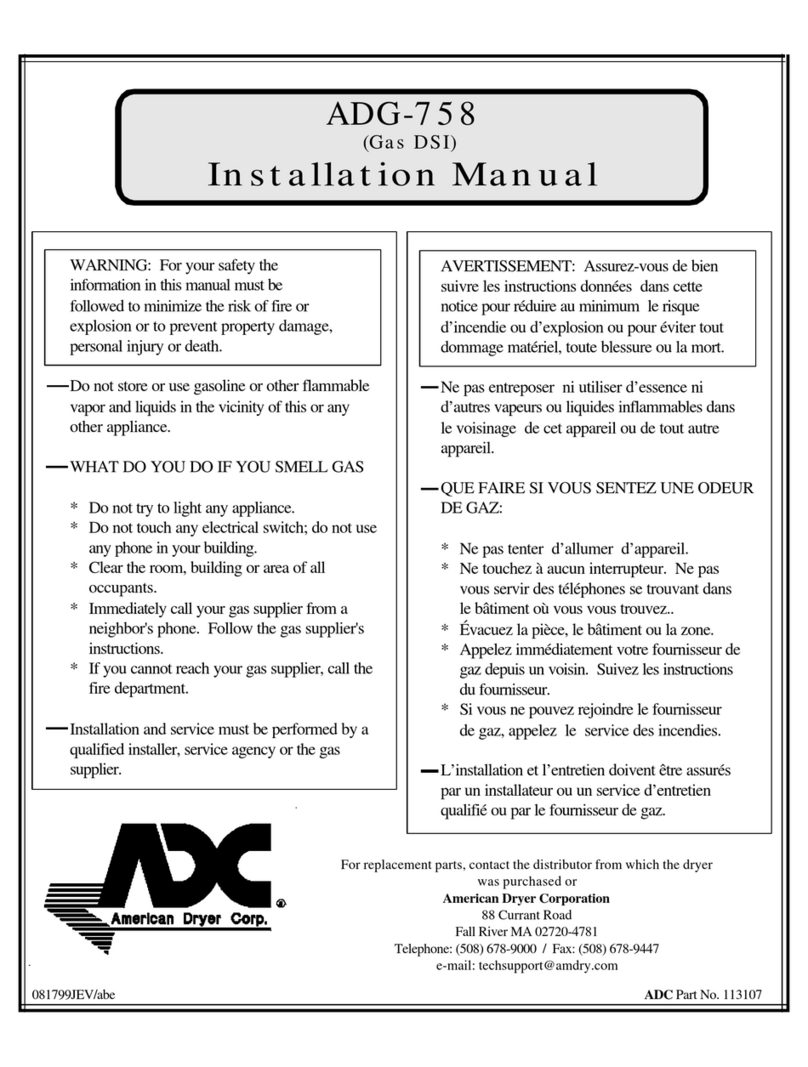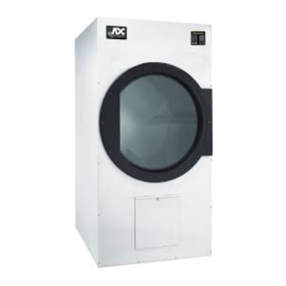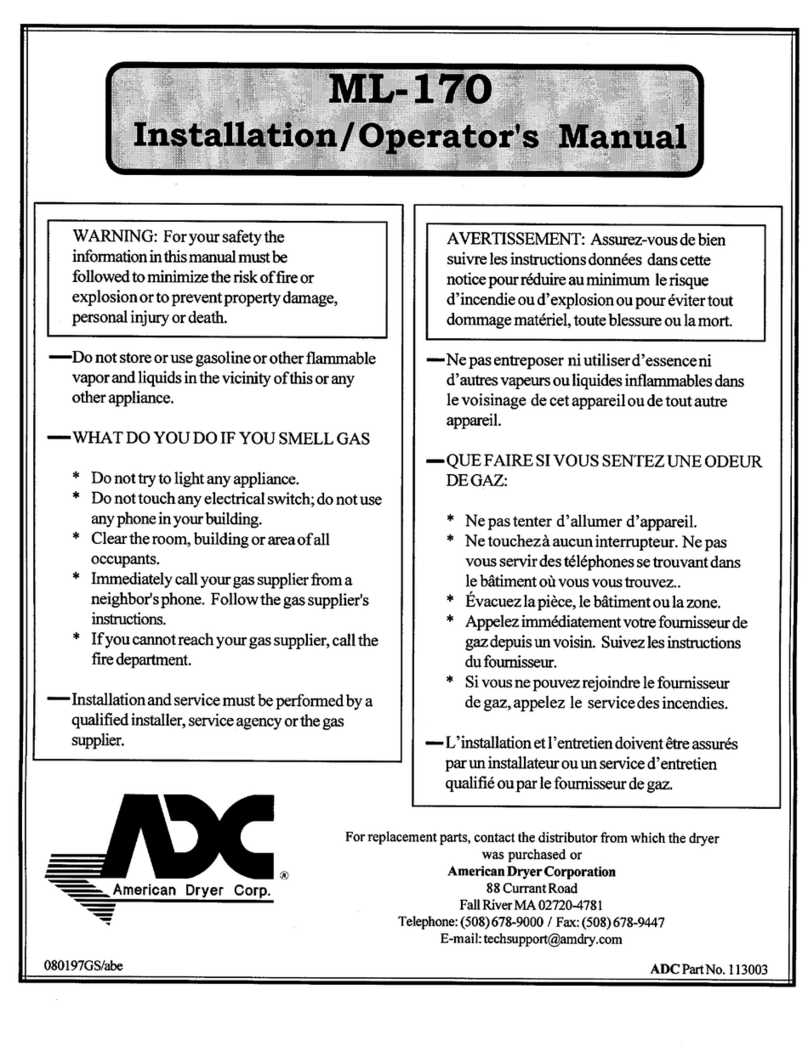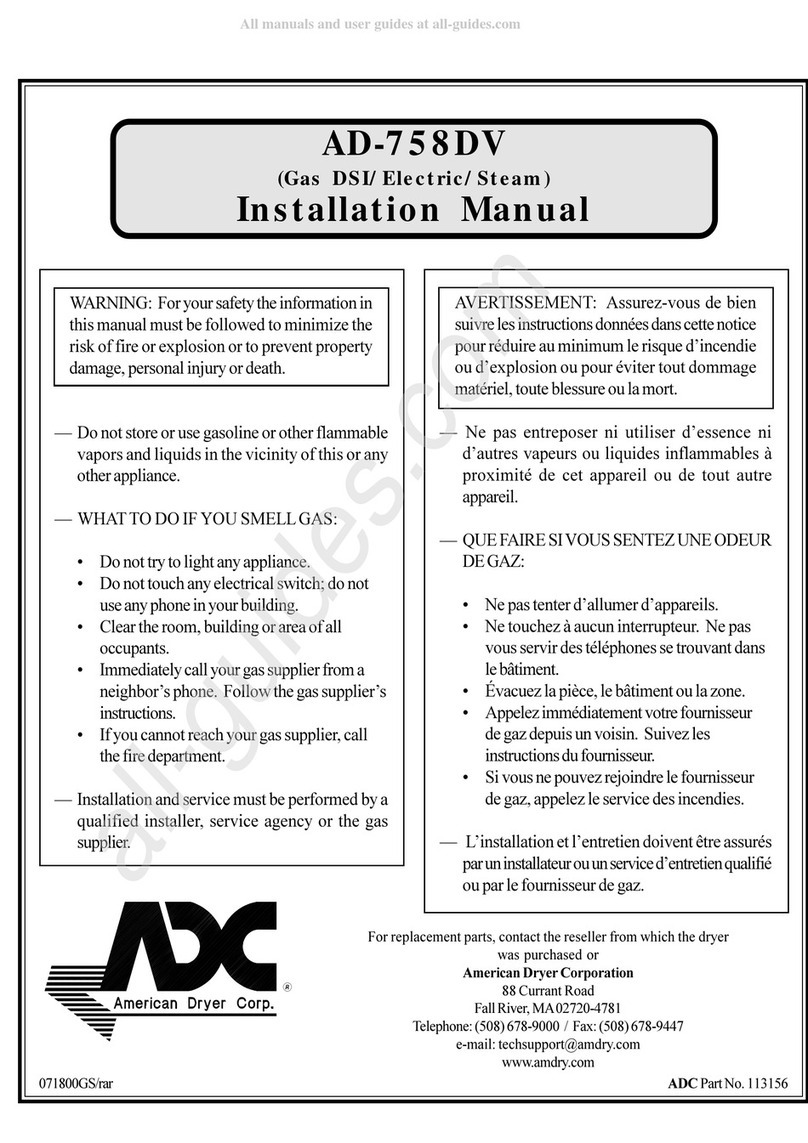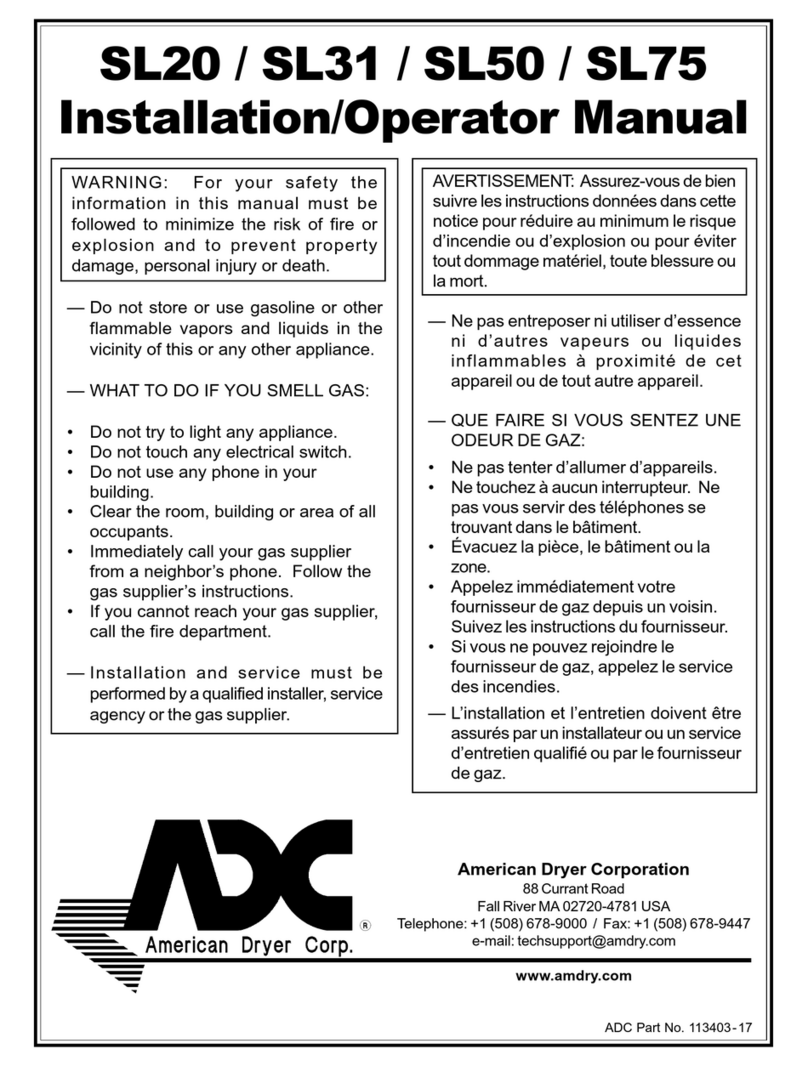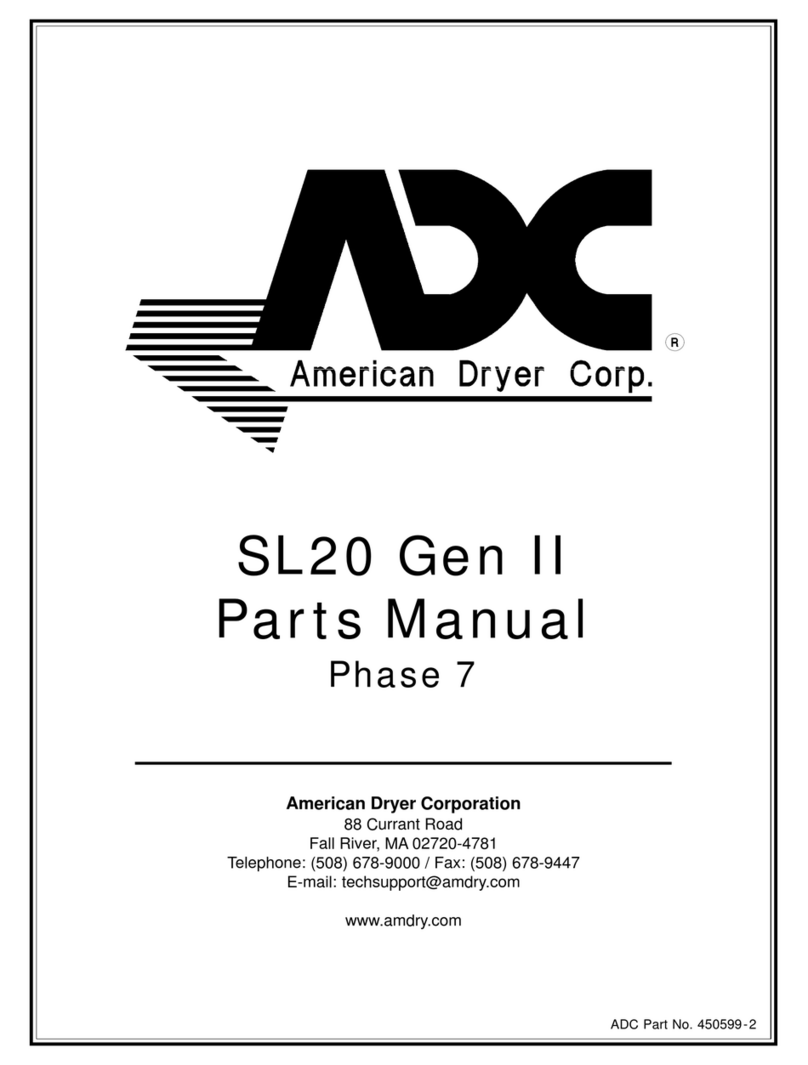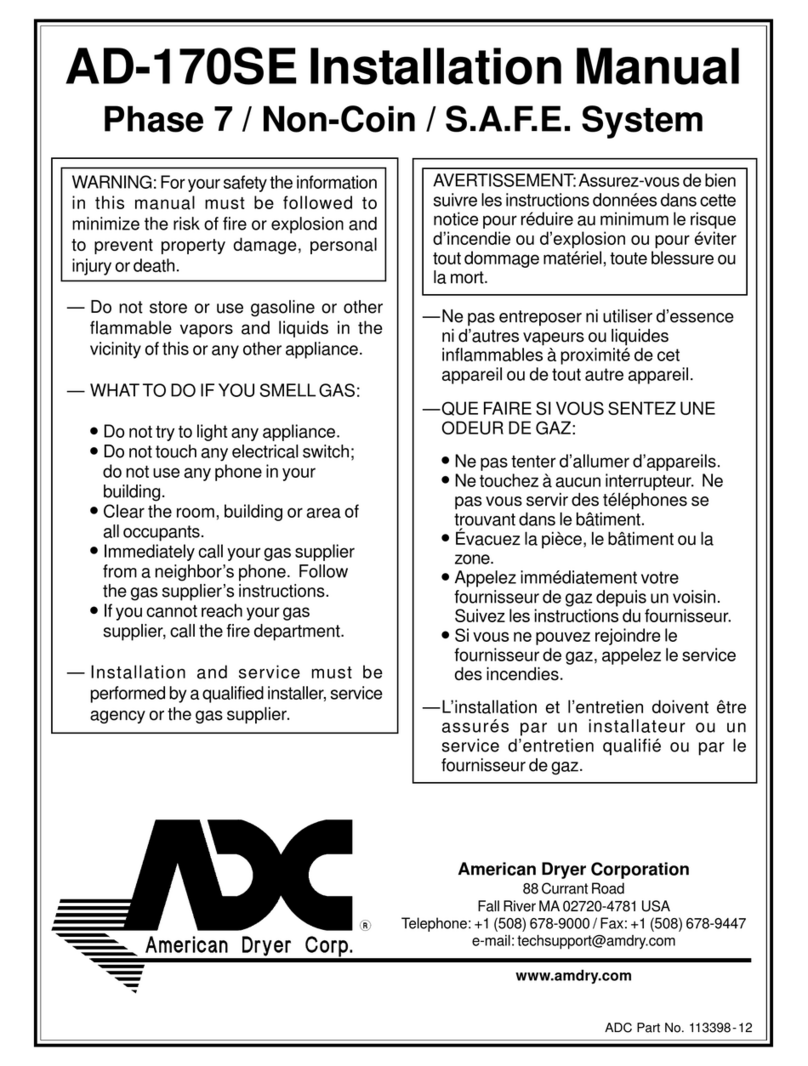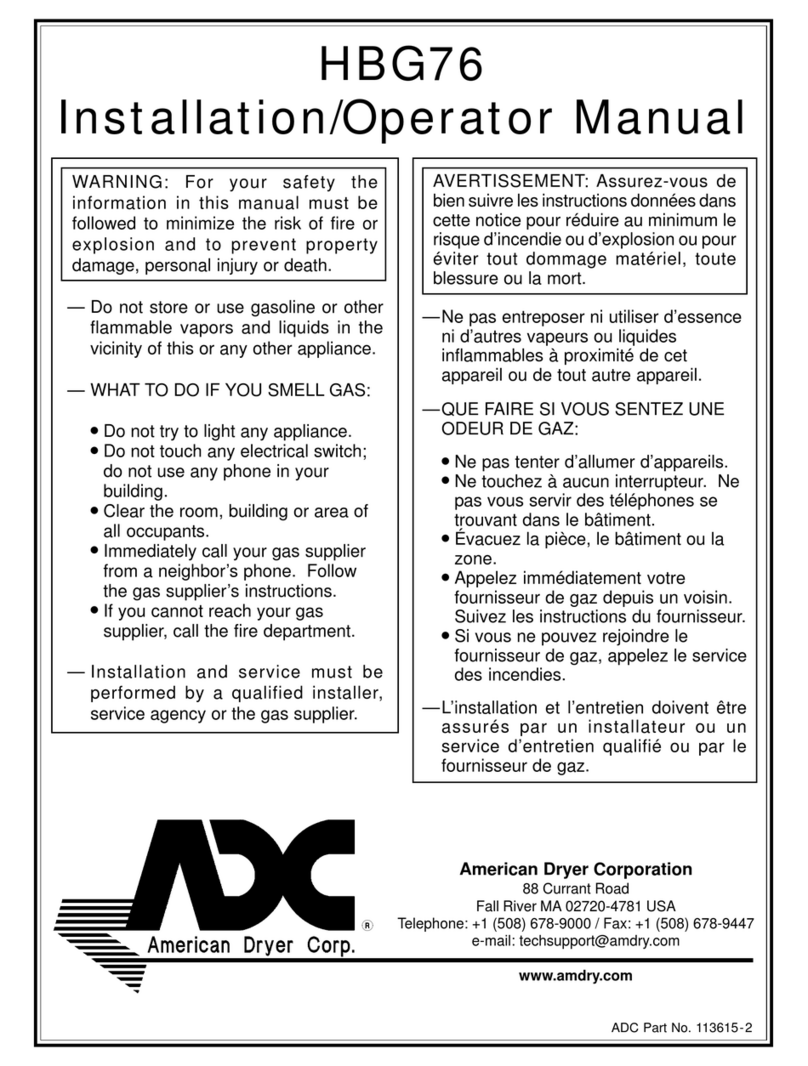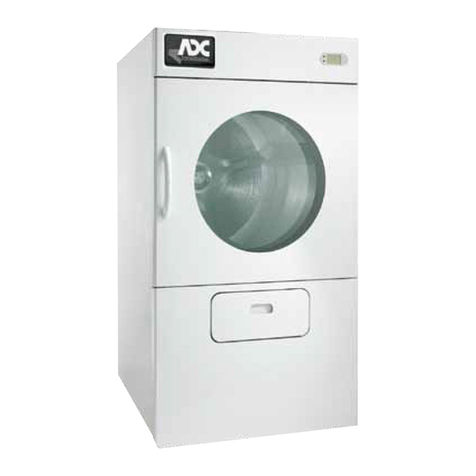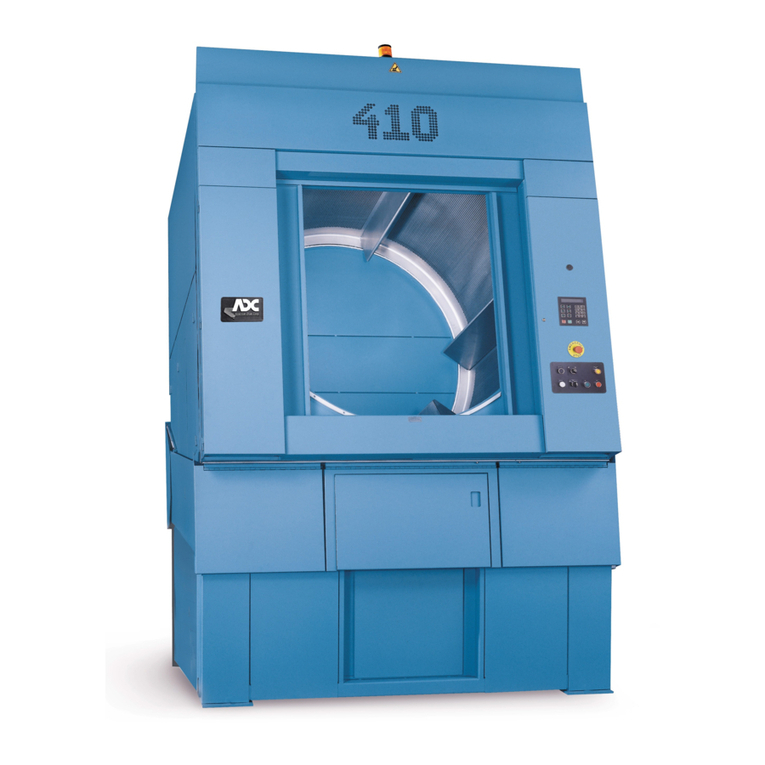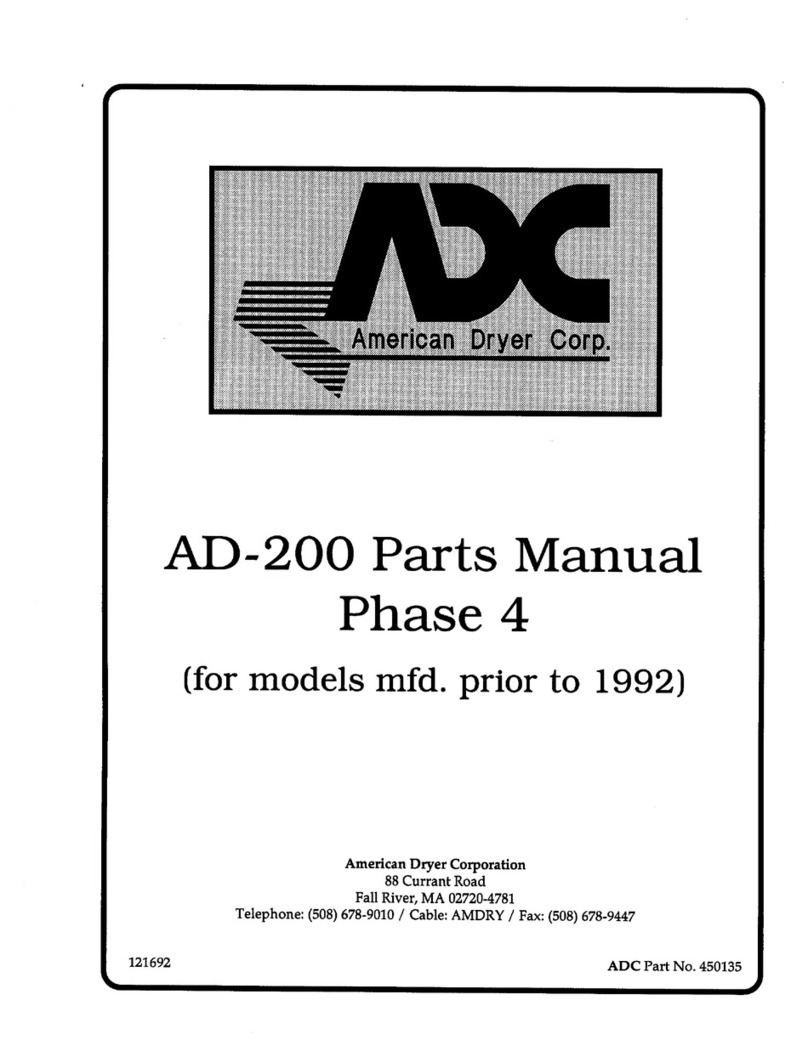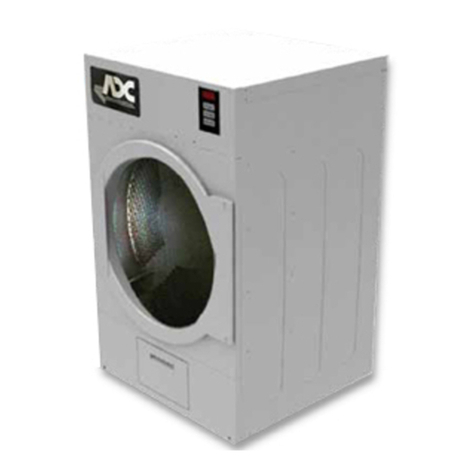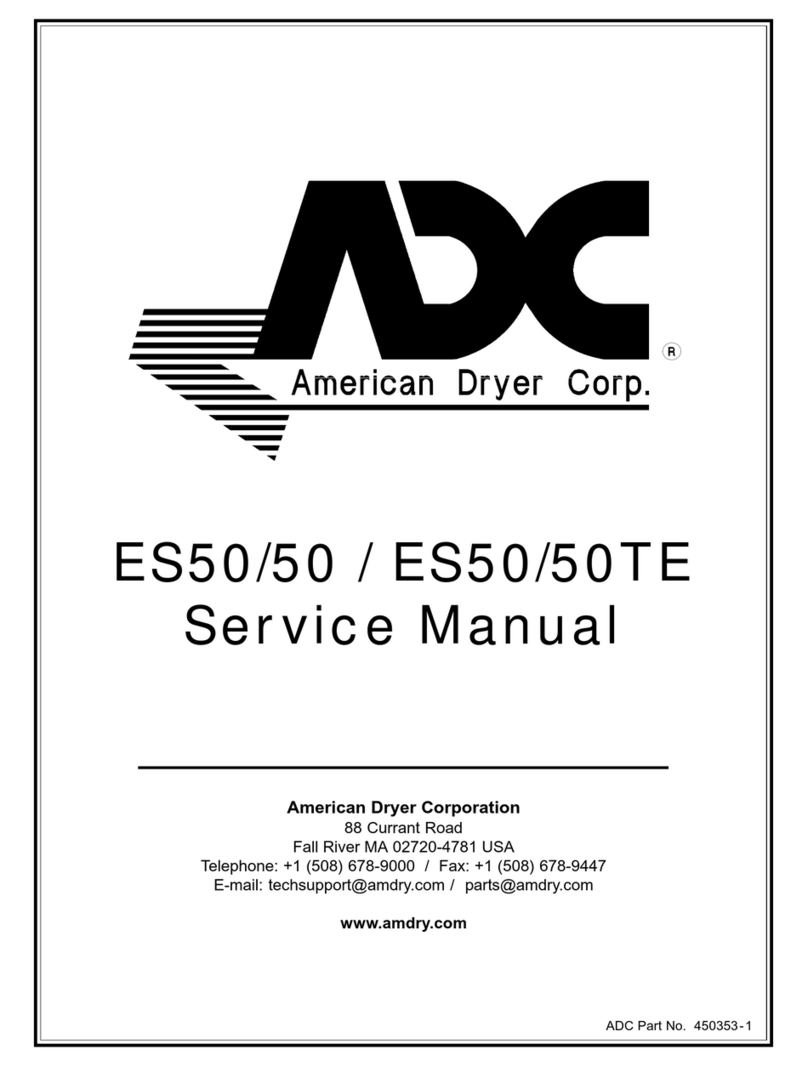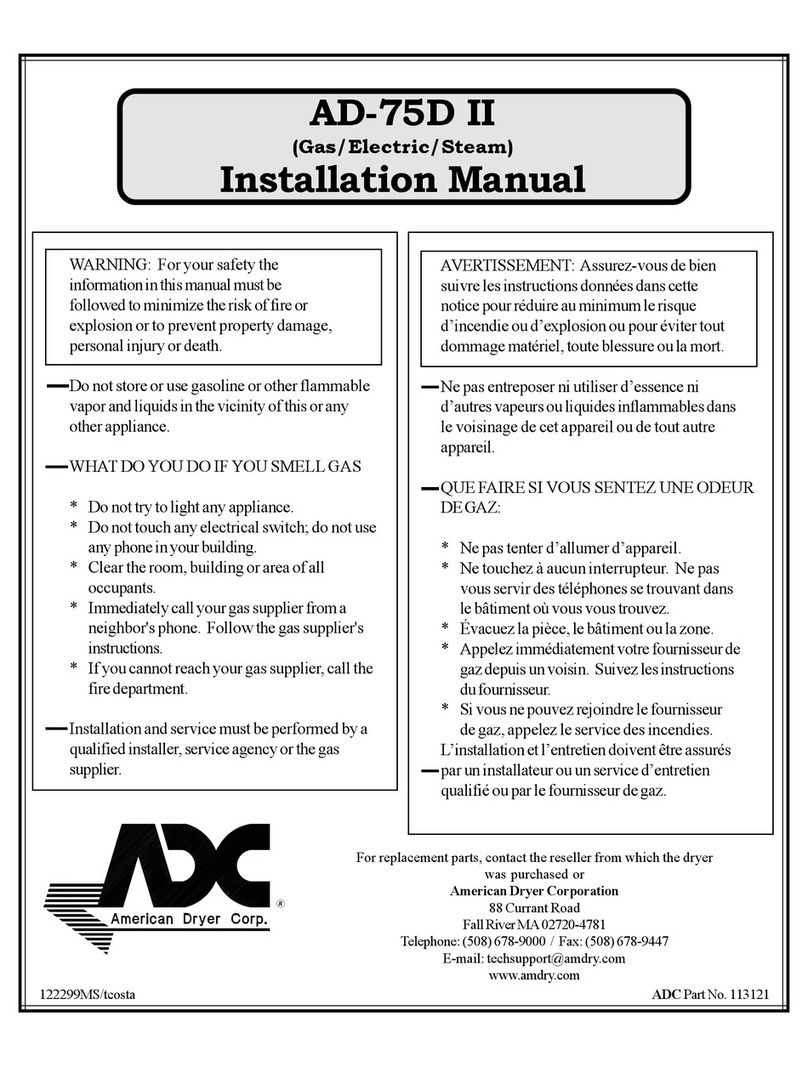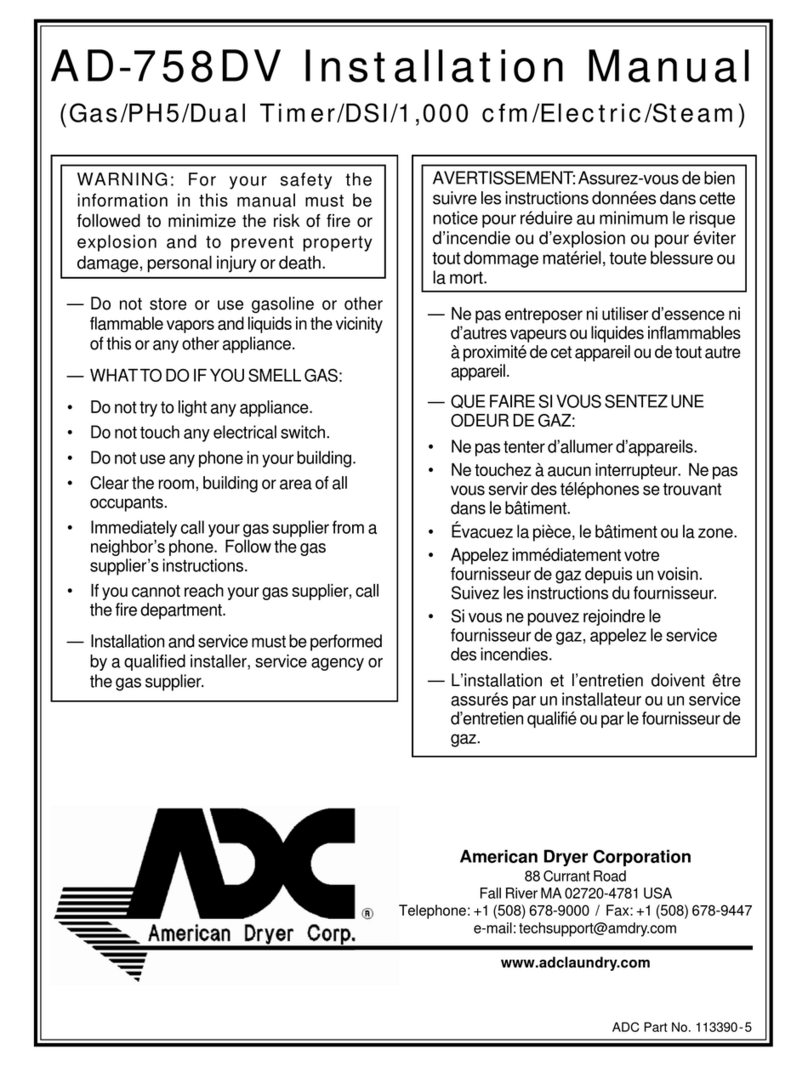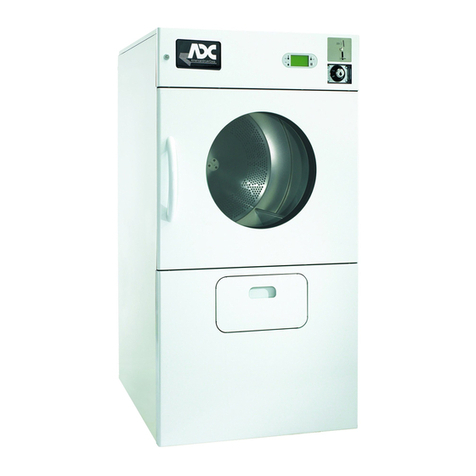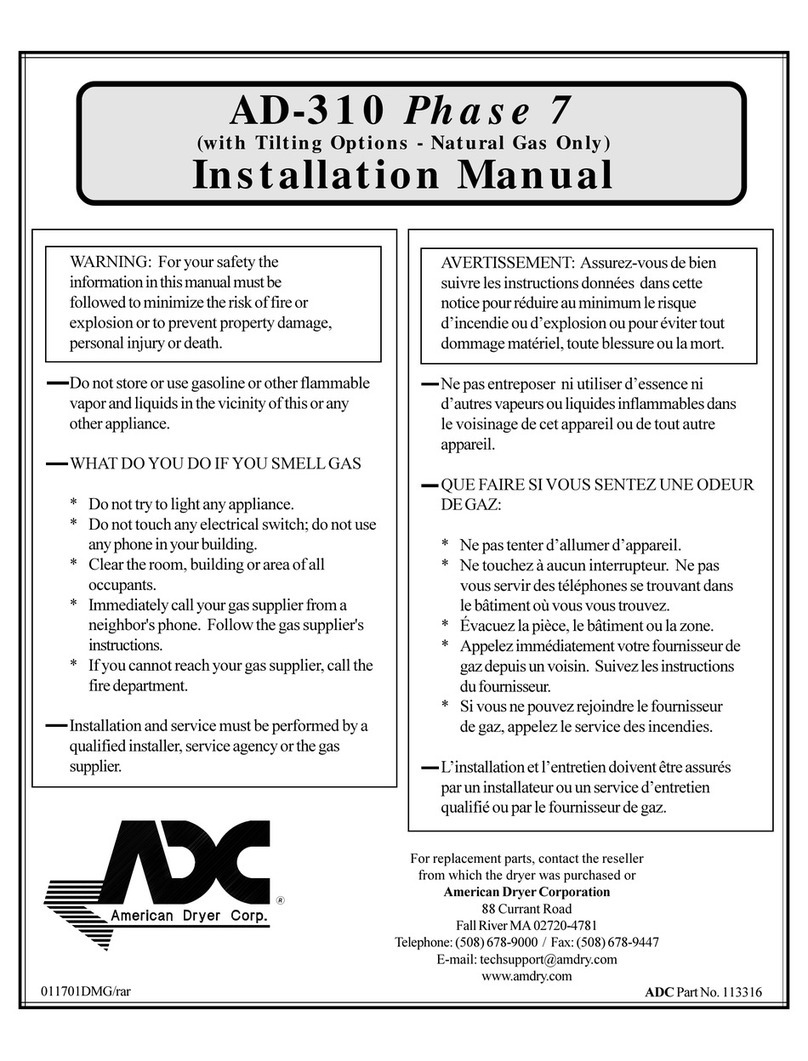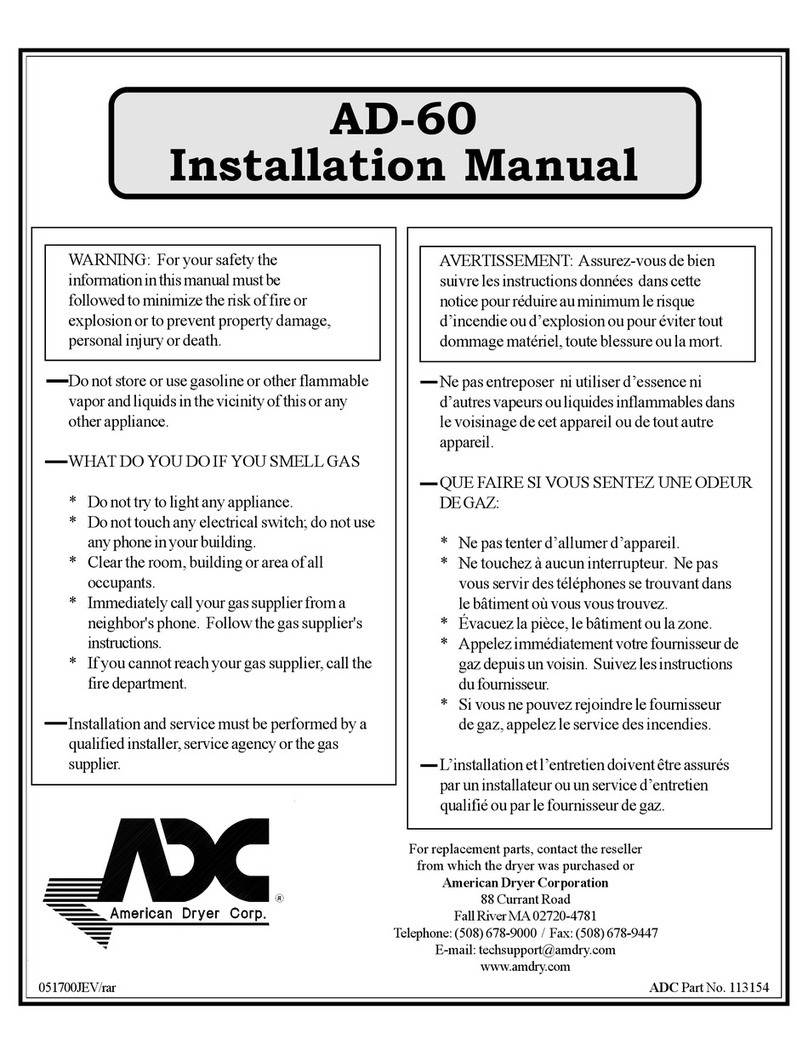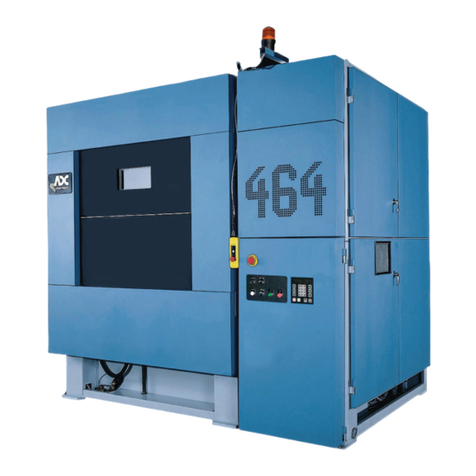
Table of Content
SECTIONI
Important Information...........................................................................................................................3
A. Safety Precautions...............................................................................................................................3
SECTIONII
Maintenance ..........................................................................................................................................4
A. Cleaning..............................................................................................................................................4
B.Adjustments.........................................................................................................................................5
C. Lubrication ..........................................................................................................................................5
SECTIONIII
Installation Requirements.....................................................................................................................6
A.Enclosure,AirSupply,andExhaustRequirements ..................................................................................6
B.ElectricalandGasRequirements...........................................................................................................6
C. Operational Service Check Procedure ...................................................................................................7
SECTIONIV
Desciption of Parts ................................................................................................................................8
A.ComputerPanel(Microprocessor) ........................................................................................................8
B.Reversing RelayPanel .........................................................................................................................9
C. HSI Module (for Gas Models ONLY) .................................................................................................10
D.GasBurnerAssembly ........................................................................................................................10
E. Drive Motor....................................................................................................................................... 11
F. BlowerMotorandImpellor ................................................................................................................ 11
G.DriveShaftAssembly .........................................................................................................................12
H.IdlerShaftAssembly ..........................................................................................................................13
I. Basket (Tumbler) ...............................................................................................................................14
J. Main Door Switch..............................................................................................................................14
K. Sail Switch (for Gas Models ONLY) ...................................................................................................15
L.Hi-Limit(for Gas ModelsONLY) .......................................................................................................15
M.Automatic ResetThermostat..............................................................................................................16
N. Lint Screen .......................................................................................................................................16
O. Lint Drawer Switch ...........................................................................................................................17
SECTIONV
Servicing ..............................................................................................................................................18
A.ComputerControls.............................................................................................................................18
B. Ignition Controls.................................................................................................................................20
C. Thermostats ......................................................................................................................................23
D.Sail SwitchAssembly (forGas Models ONLY)....................................................................................24
E.FrontPanelandMainDoorAssemblies ...............................................................................................25
F. Pulleys ..............................................................................................................................................28
G.BasketAssembly ................................................................................................................................32
H.Bearings ...........................................................................................................................................33
I. V-Belts..............................................................................................................................................33
J. Motors ..............................................................................................................................................34
K. Impellor ............................................................................................................................................37
L.Lint DrawerAssembly .......................................................................................................................37






